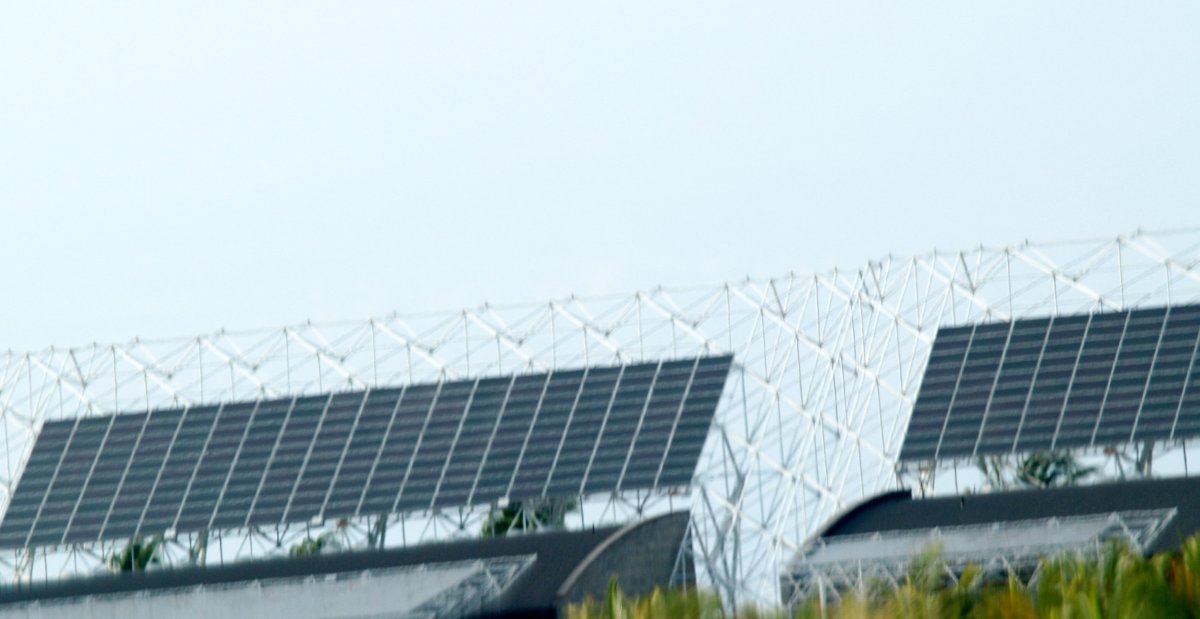A Brief Pre-history of Solar Power
A brief pre-history of solar power
Solar energy is not a new idea. Throughout most of history, people have always used the energy of the sun, and have usually considered its power when designing buildings. The early Greeks, Romans, Celtic, Chinese, and Native Americans and developed solar energy technologies that harnessed the sun's energy to warm their buildings. The Greek, Roman, Native American, and Celtic societies all revered the sun and knew how to position their cities to use the sun’s energy for warmth in the winter. Five-thousand years ago, people "worshipped" the sun god Ra, who was considered the first king of Egypt. The sun-god Shamash,who was worshipped by the Mesopotamians, was considered a major deity who was equated with justice. The Greeks worshipped two sun deities, Apollo and Helios. The Romans of the first to fourth centuries built bathhouses with large south-facing windows to let in the sun's warmth. The literature of other religions such as Zoroastrianism, Mithraism, Roman religion, Hinduism, Buddhism, the Druids of England and the religions of the Aztecs of Mexico, the Incas of Peru, and of many Native American tribes give us insight into the influence of the sun on their lives. Ruins at the ancient Indian sites of Mesa Verde and Pueblo Bonito reveal houses that had been intricately designed to take full advantage of solar energy by following the cycles and angles of the sun. Geomancy is the power that resides in the earth itself. These ancient cultures believed in this, and it was reflected in their architecture. Socrates (470-399 B.C.) had the right idea: “Now in the houses with a south aspect, the Sun’s rays penetrate into the porticoes in the winter, but in summer, the path of the Sun is right over our heads and above the roof so that there is shade. If, then, this is the best arrangement, we should build the south side loftier to get the winter sun and the north side lower to keep out the cold winds.”… As quoted by Xenophoninin in Memorabilia.
The practice of utilizing the sun was abandoned after the industrial revolution when we began to rely on fossil fuels, natural gas, coal, and oil that are harmful to the environment. Our reliance on these energy sources contribute to the problems of air and water pollution and the depletion of the earth’s resources.
Photovoltaic systems, in contrast are clean and silent because they burn no fuel and they have no moving parts. The sun’s power is free and inexhaustible.








